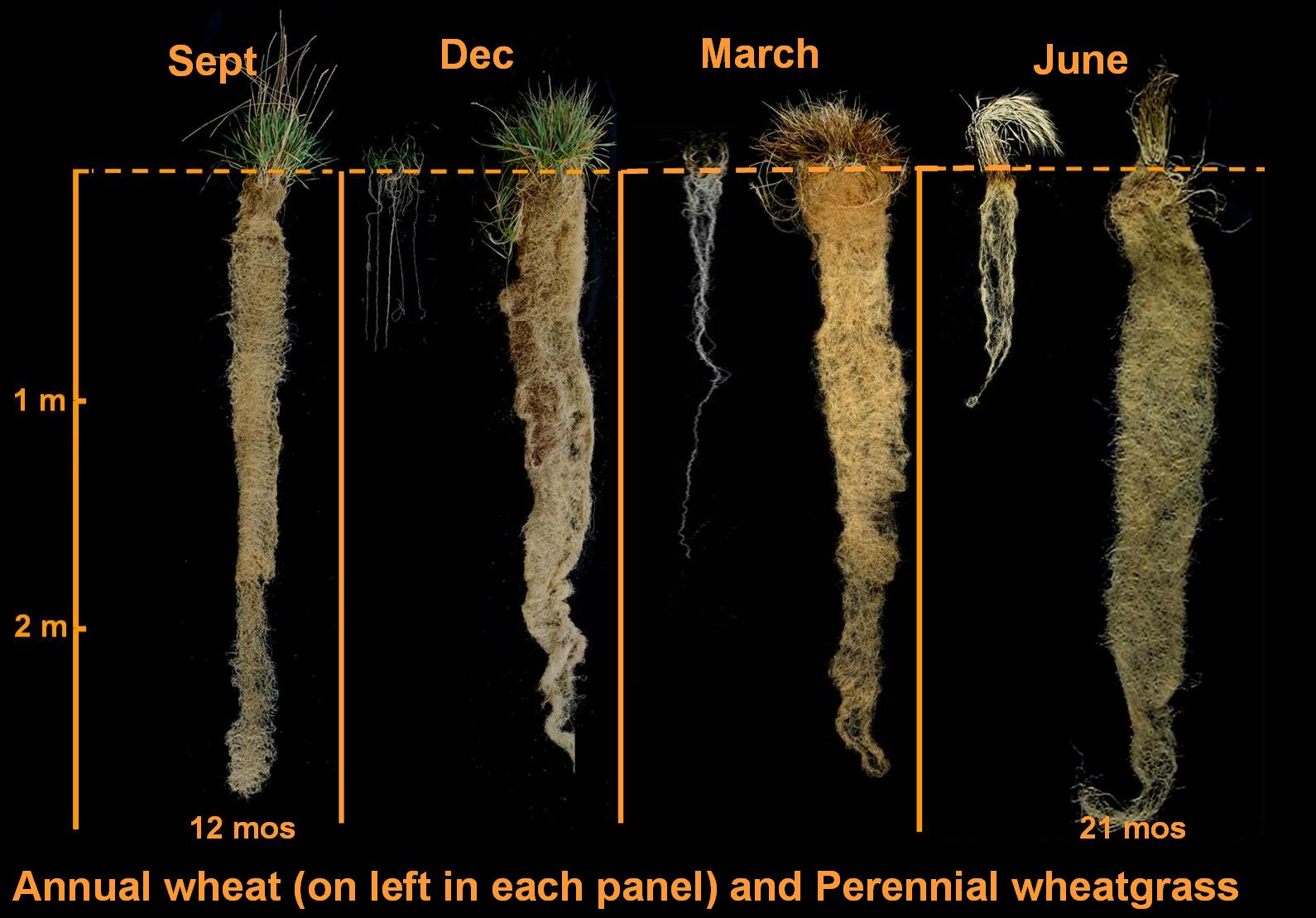Earth, Roots & Fire
Temperate grasslands are the most endangered biome on Earth, and only around 4.5% of them are protected, although they cover around 8% of the planet’s surface (cca. 9 mil. km²). You’ll find them on every continent except Antarctica.
It is hard to protect something that people need so much – steppes, prairies and pampas are biomes with the most fertile soils. Most of the world’s temperate grasslands have thus been changed to fields, putting the native species of animals and plants at risk of extinction, and making them become the most altered biome on Earth.
Almost half of temperate grasslands have been converted to agricultural and industrial areas. Native perennial (enduring) plants have been replaced by annual crop plants, like corn or wheat, and natural processes that maintained the grasslands’ biodiversity had been replaced by unsustainable agriculture, typically by monocultures that negatively affect the soil quality. Growing one kind of crop at a time depletes the soil of its nutrients, the use of pesticides negatively affects the local biodiversity and livestock that selectively grazes certain plants allows for the overpopulation of other plants.
To understand how plants affect soil, you must dig deep. And in the case of this photo the photographer Jim Richardson took it quite literally. It's a comparison of a perenial wheatgrass (Thinopyrum intermedium) and annual agricultural wheat (Triticum aestivum) roots at the Land Institute, Salina, Kansas. Wheatgrass’s roots may grow to be a staggering 2.5 to 4.3 meters long (8 to 14 ft). Wheat’s roots, on the other hand, can be typically found only about up to 30 cm (1 ft) deep, although they may reach greater lengths if they grow for a longer time. Today’s agricultural practices, however, prefer annual crop clearing and monocultures.
Grasslands provide essential ecosystem services, such as storing carbon, preventing soil erosion, they're full of life and extremely beautiful, a trait that’s often forgotten in measuring their value.
It is only through education and well-developed nature management plans that we can restore what’s been lost. Farmers need to learn how to prevent erosion (e.g. by planting trees as windbreaks) and how to rotate agricultural crops.
“Prairies are some of the most endangered ecosystems in the world, with the tallgrass prairie being the most endangered. Only 1-4% of tallgrass prairie still exists...” Laura Lux https://t.co/SfxLwvBMKa
— HortErotica (@HortErotica) February 16, 2019
Photo by Jim Richardson. pic.twitter.com/tV5jNu6qn9
People need to befriend controlled fire, since many grassland species rely on the effect of fire to stimulate growth and bring nutrients, such as calcium, back into soil.
However, the restoration of grasslands relies on us, people who don’t actually operate on or near them, as well. Climate change slowly turns steppes into desert, which leads to decreased bio-productivity through changing the physical properties of soil. Desertification affects more than 1 billion people, therefore intensive grassland management is crucial to preserve its ecosystem services and functions.

| Common name: | Intermediate wheatgrass |
| Scientific name: | Thinopyrum intermedium |
| Clade: | Angiospermae |
| Clade: | Monocotyledonae |
| Order: | Poales |
| Family: | Poaceae |
| IUCN status: | Least concern |
| Population trend: | Stable |
| Scientific reading: |